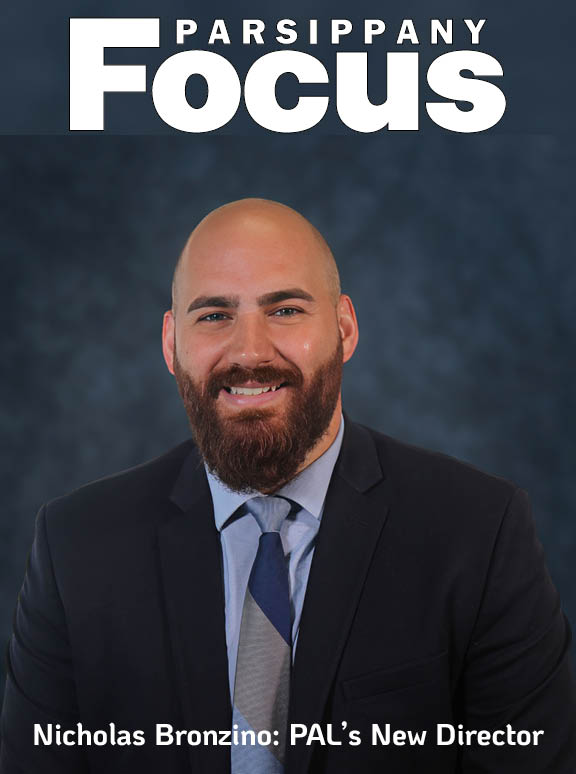
PARSIPPANY — Nicole Tagliente, a Parsippany Hills High School graduate, was among The University of Scranton students inducted into the national health education honor society (Eta Sigma Gamma).
The honor society is open to all community health education majors with a grade point average of 3.2 or higher in the major and a minimum overall grade point average of 3.0.
The University’s chapter of the honor society was established in 2012.
Tagliente is a senior majoring in community health education at the Jesuit University.
Founded in 1888, Scranton is a private Catholic and Jesuit university that is known for outstanding academic quality, a beautiful and technology-rich campus, and a sense of community that helps you feel right at home.
The University of Scranton was founded as Saint Thomas College by Most Reverend William G. O’Hara, D.D., the first Bishop of Scranton, who had always hoped to provide an opportunity for higher education in the Lackawanna Valley. In August 1888, with few resources at hand, he blessed a single block of granite as a cornerstone for his new college, which would admit its first students four years later. The cornerstone of Old Main is preserved in the wall of St. Thomas Hall.
The college was staffed by diocesan priests and seminarians until 1896 and then, for one year, by the Xaverian Brothers. From 1897 until 1942 the school, which was renamed The University of Scranton in 1938, was administered for the Diocese by the Christian Brothers. In the late summer of 1942, at the invitation of Most Reverend William Hafey, D.D., 19 Jesuits, led by Rev. Coleman Nevils, S.J., the newly appointed president, arrived on campus to administer the University.
The Jesuits restructured and strengthened Scranton’s traditional and pre-professional programs with an emphasis on the liberal arts, which are the foundation for every program at a Jesuit university. This emphasis is intended to give Scranton students an appreciation for all disciplines as they develop specific subject knowledge.
The University has flourished under the Jesuits, growing from a primarily commuter school with fewer than 1,000 students to a broadly regional, comprehensive university with a total enrollment of approximately 5,500 students in undergraduate, graduate and nontraditional programs.















